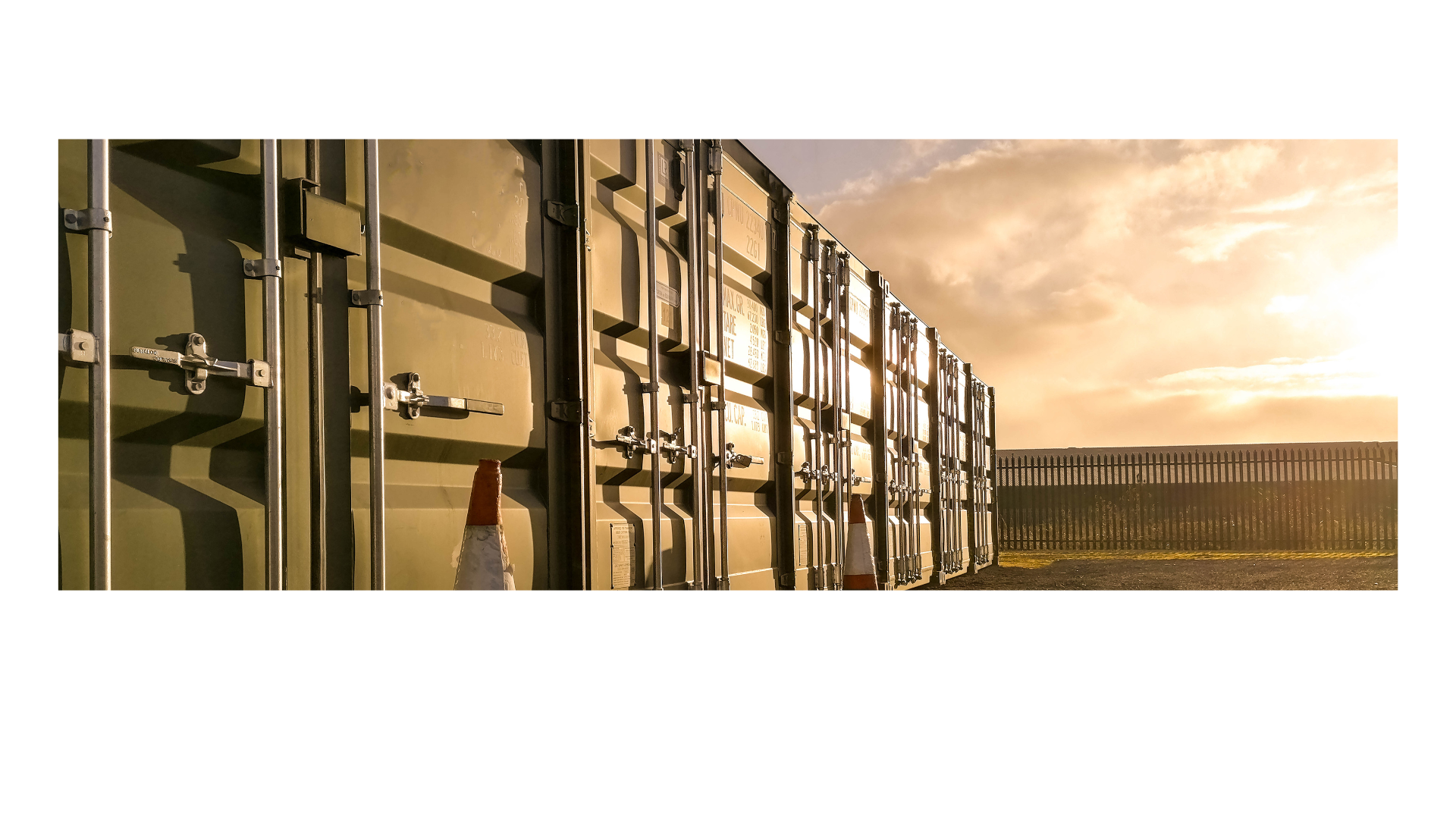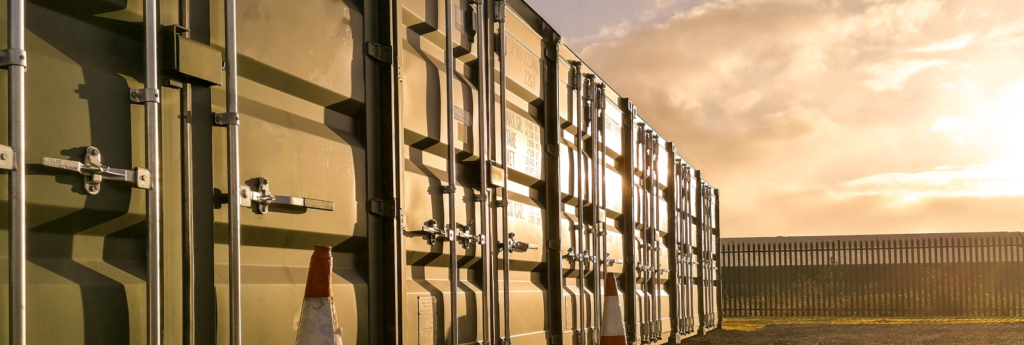
The Benefits of Using Shipping Containers for Mobile Construction Offices
As the construction industry continues to evolve, companies are increasingly seeking innovative and sustainable solutions for on-site workspaces. Shipping containers have emerged as a popular choice for mobile construction offices, offering a unique combination of practicality, affordability, and eco-friendliness. In this blog post, we will explore the various benefits of using shipping containers for mobile construction offices and discuss how they contribute to a more sustainable future for the construction sector.
Environmental Advantages of Shipping Container Offices
Shipping containers, also known as storage containers, are constructed from steel and are built to withstand the harsh conditions of the open ocean. This makes them highly durable and ideal for use in outdoor construction sites, where they can be easily transported between locations with minimal environmental impact. Additionally, the nature of their construction gives them excellent environmental friendliness. Some of the most notable environmental advantages include:
Reducing Waste and Material Usage
One of the primary environmental benefits of using shipping containers for mobile construction offices is their ability to reduce waste and minimize the use of new materials. By repurposing existing containers, construction companies can significantly decrease the amount of waste generated during the office creation process. This not only conserves valuable resources but also helps to reduce the environmental impact associated with traditional construction methods.

Energy Efficiency
Shipping container offices can be designed and outfitted with energy-efficient features, further enhancing their eco-friendliness. Examples of such features include:
- Solar panels: Installing solar panels on the roof of a shipping container office can provide a clean, renewable source of electricity, reducing reliance on nonrenewable energy sources.
- Insulation: Proper insulation can help maintain a comfortable temperature inside the container office, reducing the need for energy-intensive heating and cooling systems.
- LED lighting: Using energy-efficient LED lights can help reduce electricity consumption and minimize the environmental impact of the office.
Cost-Effective and Customizable
In addition to their environmental friendliness, shipping containers offer several practical advantages that make them a great choice for mobile construction offices. Firstly, they offer excellent cost-effectiveness compared to traditional construction methods. Repurposed containers are available at relatively low costs and require minimal effort to assemble.
Affordability
Shipping containers are a cost-effective option for mobile construction offices due to their relatively low purchase price and ease of customization. The abundance of surplus containers on the global market has driven down prices, making them an affordable alternative to traditional construction methods. Additionally, their modular design allows for easy adaptation to suit specific project needs, which can result in further cost savings.
Customization
Shipping containers are inherently versatile and can be easily modified to accommodate various office layouts and configurations. This allows construction companies to create a workspace that meets their specific requirements while minimizing unnecessary expenses. Customization options for shipping container offices include:
- Adding doors and windows
- Installing insulation and interior walls
- Incorporating electrical and plumbing systems
- Designing custom storage solutions

Durability and Security
Shipping containers are built to withstand the rigors of international shipping, making them an incredibly durable and secure option for mobile construction offices. Their sturdy steel construction and weather-resistant design ensure that they can provide a safe and stable work environment, even in harsh conditions. Additionally, their robust structure makes them resistant to vandalism and theft, providing peace of mind for companies storing valuable equipment and materials on-site.
Portability and Flexibility
One of the key advantages of using shipping containers for mobile construction offices is their inherent portability. Containers can be easily transported from one job site to another, making them an ideal solution for projects with changing locations or short timeframes. This portability not only saves time and resources but also reduces the environmental impact associated with constructing and dismantling temporary office spaces.
Furthermore, the modular nature of shipping containers allows for flexibility in office design and layout. As a project needs to change or expand, container offices can be easily reconfigured or combined with additional units to accommodate new requirements.
A Sustainable and Innovative Approach to Construction Offices
Shipping container offices offer an innovative and eco-friendly solution for mobile construction workspaces, combining affordability, durability, and flexibility with a reduced environmental impact. By embracing this sustainable approach to office design, construction companies can not only improve their bottom line but also contribute to a greener and more responsible future for the industry.
How Much Do Shipping Containers Cost: A Comprehensive Breakdown
As you consider using shipping containers for your next project, it’s essential to understand the costs involved, including purchasing the containers themselves and the cost of modifications. In this section, we will break down the average costs associated with shipping containers and explore the factors that can impact the final price.

Purchasing Shipping Containers: Average Costs and Factors
The cost of shipping containers varies depending on factors such as size, age, and condition. Here is a general overview of the average costs for commonly used containers:
- Used 20-foot containers: $2,000 to $3,500
- New 20-foot containers: Starting around $5,000
- Used 40-foot containers: $3,500 to $5,500
- New 40-foot containers: Starting around $8,000
These prices are approximate and can vary based on the container’s specific features and the local market.
Factors Affecting Container Prices
Several factors can influence the cost of shipping containers, including:
- Size: The most common shipping container sizes are 20 feet and 40 feet long. Larger containers, such as 45-foot or 53-foot-long units, will typically cost more.
- Condition: Used containers often come at a lower price than new ones. However, the condition of used containers can vary significantly. Containers with minimal wear and tear, known as “one-trip” or “cargo-worthy” units, are typically more expensive than those with more visible signs of use or damage.
- Supply and demand: The cost of shipping containers can fluctuate based on supply and demand factors in your region. For example, areas with a surplus of containers may have lower prices, while those with limited availability may see higher prices.
- Additional features: Containers with specialized features, such as refrigeration or custom modifications, will typically be more expensive than standard containers.

Modification Costs: Turning Containers into Custom Spaces
The cost of modifying a shipping container to suit your specific needs will depend on the extent of the changes and the materials and labor involved. Here’s a rough breakdown of the costs for common container modifications:
Basic Modifications
- Adding doors and windows: $500 – $1,500 per opening, depending on size and type
- Installing insulation: $1,000 – $4,000, depending on the material and insulation method
- Adding interior walls and flooring: $1,500 – $5,000, depending on materials and complexity
Advanced Modifications
- Installing electrical systems: $2,000 – $5,000, depending on the extent of wiring and number of outlets
- Adding plumbing: $2,000 – $7,000, depending on the number of fixtures and complexity of the plumbing system
- Heating and cooling systems: $2,000 – $6,000, depending on the type of system and installation requirements
Keep in mind that these costs are approximate and can vary based on the specific requirements of your project and local labor rates.
Understanding the True Cost of Shipping Containers
When considering the use of shipping containers for your project, it’s essential to understand the costs involved in both purchasing the containers and modifying them to meet your needs. By carefully considering these costs and shopping around for the best deals on containers and modification services, you can make informed decisions and ensure that your shipping container project is both cost-effective and tailored to your unique requirements.


